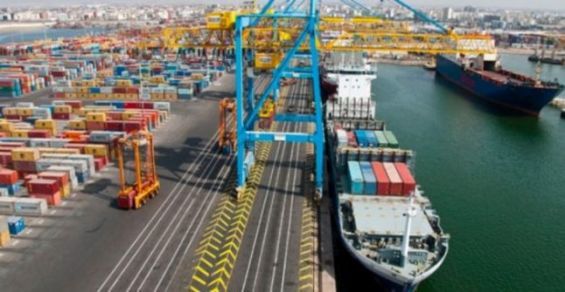The evolution of the main macroeconomic indicators in 2020 is strongly impacted by the Covid-19 crisis and the confirmation of a second year of drought, according to the annual macroeconomic analysis published by CDG Capital.
«The development of the main macroeconomic balances in 2020 seems to be strongly impacted by two major events, namely the Covid-19 crisis and its harmful implications for all the components of the national economy and the confirmation of a second year of drought with very unfavorable climate conditions, thus generating a deterioration in the crop harvest and a decline in the filling rate of dams», said CDG Capital in its note entitled «National economy and rate market facing Covid-19 and drought issues».
In this exceptionally difficult context, the severity of the impact on the national economy depends, to a large extent, on the duration of this health crisis and the depth of its effects, both on the productive system and the stability of the national monetary and financial systems, noted the same source.
According to this study conducted by CDG capital, the particularity of this new crisis, the extent and severity of which are difficult to assess, makes forecasts and projections extremely delicate, due to the exclusion of comparative approaches, in the absence of similar crises in recent decades and the difficulty of predicting the intensity of shocks on the various macroeconomic balances.
The note also said that the economic growth and inflation depend, to a large extent, on the performance of the agricultural season, which is strongly correlated with crop production, despite the large diversification efforts undertaken within the framework of the Moroccan Green Plan (PMV).
It added that the unfolding of the climate conditions of the 2019/2020 agricultural season suggests a deteriorating agricultural season compared to the previous one, the results of which were far below the ten-year average (80 million quintals production), with a crop production estimated at 52 million quintals in 2019, that is -49.3% year-on-year compared to that of 2017/2018 estimated at 102.6 million quintals.
Data available at the end of February 2020 show several signals about the poor results of the current campaign with a low vegetation cover, a rainfall down 38% compared to the previous year and a filling rate of dams in decline to 47.3% at the end of January 2020 against 60% a year earlier.
For the year 2020, despite the expected reduction in the trade deficit, in connection with the decline in imports, in volume and value, foreign exchange reserves should be negatively impacted by the decline of the three pillars compensating for the deficit, which are the balance of tourism, transfers of Moroccan expatriates and Foreign Direct Investments (FDI).





 chargement...
chargement...













